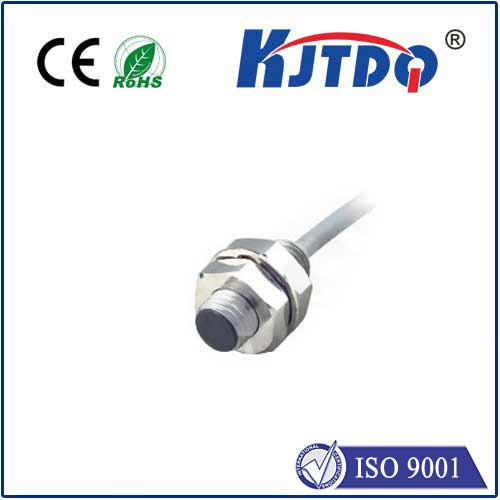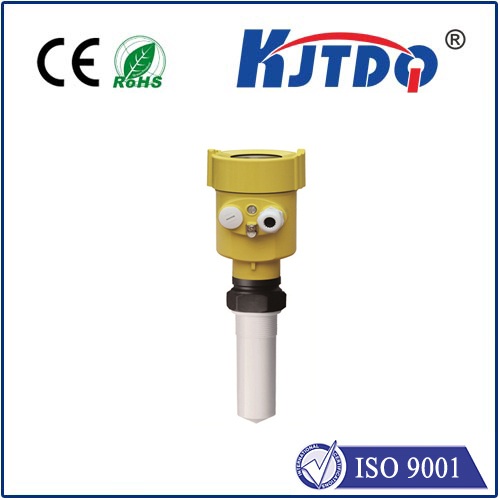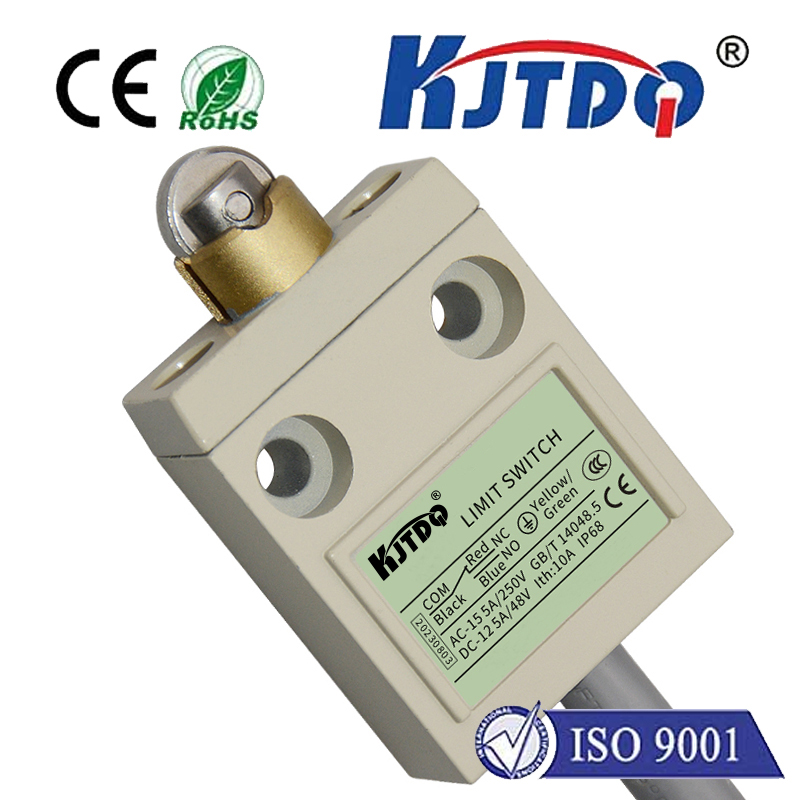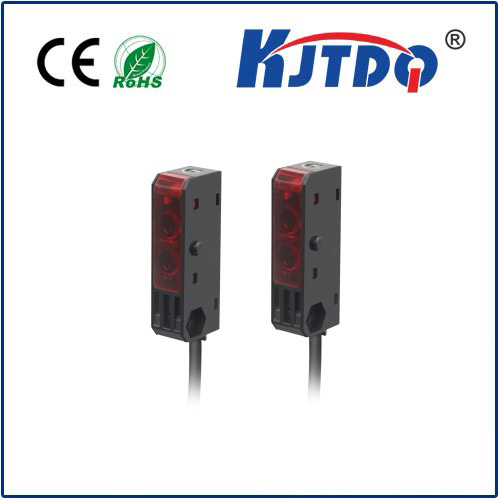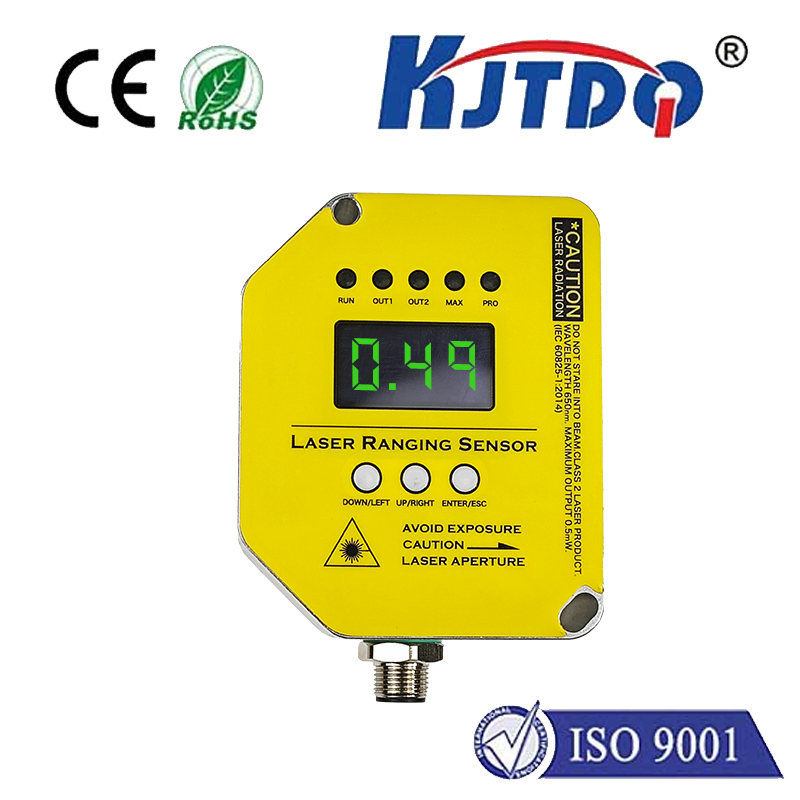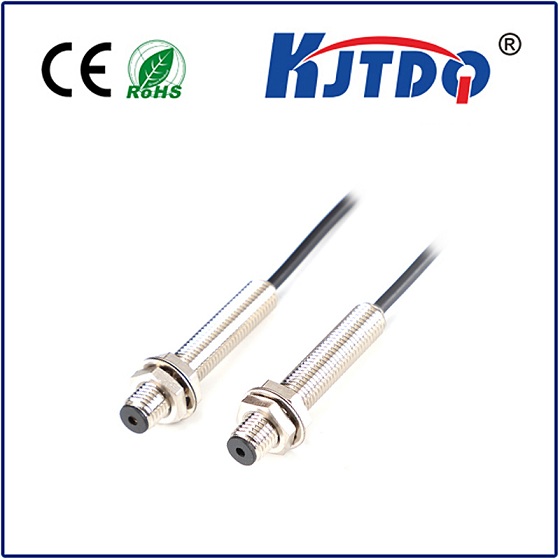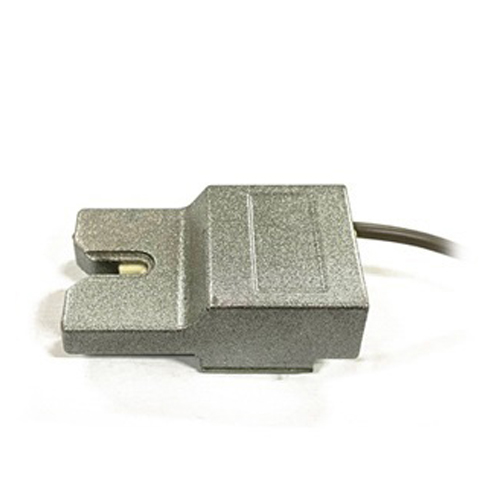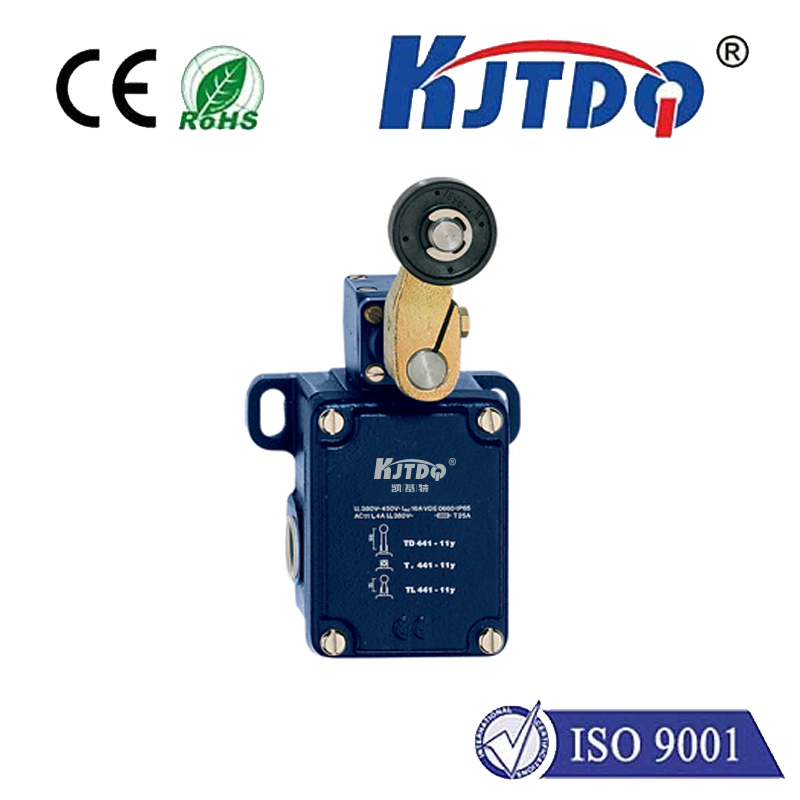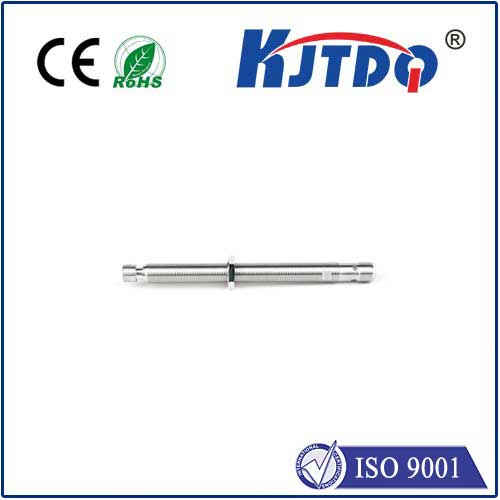

check

check

check

check

check

check

check

check

check

check
Title: Understanding the Role of Upper Limit Switch in Electrical Systems
In modern electrical systems, switches play a crucial role in controlling and monitoring the flow of electricity. Among these switches, the upper limit switch (ULS) is an essential component that helps to protect devices from overloading or damage caused by excessive current. ULS operates based on a simple principle: when the current flowing through the circuit exceeds a certain threshold, the switch opens, cutting off the power source. In this article, we will explore the purpose and function of ULS, its advantages over other types of switches, and some common applications in various industries.

The primary function of an upper limit switch is to provide safety and protection for electrical equipment. By monitoring the amount of current flowing through a circuit, ULS ensures that devices do not experience any harm due to excessive voltage or current. This protection is particularly important in industrial settings, where high-power appliances and machinery are often used. Without proper safeguards in place, an overload could cause severe damage to equipment, leading to costly repairs or even catastrophic failures.
One advantage of using ULS over other types of switches is its simplicity and ease of installation. Unlike contact sensors or pressure switches, ULS does not require any complex wiring or calibration procedures. Instead, it relies on a straightforward mechanism of opening and closing when the current exceeds the set threshold. This makes it an ideal choice for applications where quick and reliable protection is required, such as in electrical vehicles or industrial automation systems.
Another benefit of ULS is its ability to operate in a wide range of temperatures and environmental conditions. Some types of switches may struggle to maintain accurate readings in extreme temperatures or humid environments, but ULS is designed to withstand these challenges. It can operate effectively in both indoor and outdoor settings, providing reliable protection regardless of the surrounding conditions.
Despite its many advantages, ULS is not without its limitations. For example, it may struggle to detect sudden surges or spikes in current, which could result in false tripping or malfunctioning. Additionally, while ULS provides effective protection against overloading, it cannot prevent all potential hazards associated with electrical systems. Therefore, it should be used in conjunction with other safety measures, such as grounding wires and emergency shutoff valves.
In summary, the upper limit switch plays a critical role in ensuring the safe and reliable operation of electrical systems. By monitoring current flow and providing instant protection against overloading, ULS helps to minimize the risk of equipment damage and improve overall system stability. While it has some limitations compared to other types of switches, its simplicity, ease of use, and versatility make it a valuable asset for a wide range of applications across various industries.
